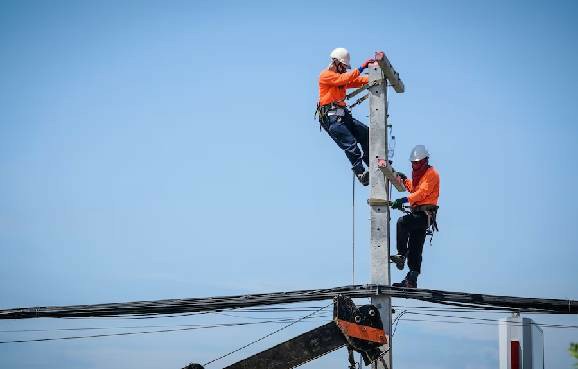


 349,500 Offered Certificates
349,500 Offered Certificates
 24/7 Online Training
24/7 Online Training
 Money Back Guarantee
Money Back Guarantee
 Fully Accredited Courses
Fully Accredited Courses

Created at: 22-02-2025 18:39
Working at heights presents unique challenges and risks that require not only adherence to safety protocols but also effective communication among all team members. Clear instructions, teamwork, and emergency signaling can greatly enhance safety standards and prevent accidents in high-risk work environments. In this blog post, we’ll delve into how each of these components contributes to a safer workplace, providing best practices and insights along the way.
Effective communication is the backbone of any safety protocol, especially when working at heights. Miscommunication can lead to dangerous situations that may result in serious injuries or fatalities. Studies have shown that a significant percentage of workplace accidents occur due to poor communication. By improving the way individuals and teams share information, organizations can mitigate risks associated with working at heights.
When working at heights, the need for clear instructions cannot be overstated. Every team member must understand their responsibilities, the specific tasks to be performed, and the inherent risks involved. Employers should consider the following strategies:
Teamwork is another critical component of effective communication in working at heights. No one should work in isolation, especially when performing high-risk tasks. Collaborative efforts can create a safer environment through teamwork principles and practices:
In the event of an accident, quick and effective communication is vital. Emergency signaling can make the difference between a minor incident and a life-threatening situation. Companies should implement the following best practices:
To enhance safety for those working at heights, organizations must adopt a systematic approach to communication:
Numerous organizations have successfully improved their safety records by enhancing communication among workers at heights. Consider the following examples:
Enhancing communication in working at heights not only helps in preventing accidents but also fosters a culture of safety within the organization. By emphasizing clear instructions, teamwork, and emergency signaling, companies can create a safer work environment for their employees. Investing in Working at Heights Certification programs that prioritize communication will pay dividends in safety and productivity.
If your organization is committed to improving safety standards, consider enrolling your team in the Working at Heights Course Online. For more information, contact us at [email protected].